The Misused Camera
The title of this essay derives from a comment appearing in Edward Weston’s Daybooks which I cited in the last essay, f(ascism)/64, where he suggests that anything other than pure, straight photography constitutes a “misuse” of one’s camera. His reasoning for this, as you may recall, is based on the notion that the medium (and by implication, its technology) itself has its own distinct capabilities (particularly a sharpness of detail beyond that of human eyes) that, in turn, lead to distinct aesthetic criteria (primarily sharp focus and long depth of field, as opposed to soft or blurred focus and narrow depth of field). To me, such a conception constitues a kind of technological determinism, one that implies a narrow one-way trajectory that indiscriminately tosses out all that has come before in the name of “progress” and cuts out future possibilities that may lie ahead in the name of dogmatic purity.
I contest such normative restrictions on how one should use a camera. In fact, I really bristle at someone telling me that what I might do sometimes with my cameras is a “misuse.” Such people lack imagination. Use is use; there is no “miss” about it.
All right, I got the rant out; to continue…. What I really want to discuss is the idea of lenses being able to modulate light and fields of vision in ways that always yield an enhancement, an addition to what our eyes can see, whether that means Westonian hidden details revealed through sharpness and wide tonality or bokehed depths of field or any number of aberrations that are eyes cannot naturally produce. Weston argued for sharp, straight photography because lenses used in that way — and that’s only ONE way they could be used — could reveal things that our ordinary vision could not see. But what about other renderings of light through lenses that produce visions we could never naturally see except perhaps in one’s mind’s eye or through very particular flaws in our eyes? I wish I could automatically adjust the depth of field on my eyes and have control over various kinds of optical aberrations so that I could see in more optically interesting and creative ways, but I’m afraid that my uncorrected vision is boring run-of-the-mill blur that I can’t adjust at will. But, certain (mis)use of lenses can achieve some degree of this not-normal vision. Group f/64 types adhere to only one kind of not-normal vision, that which is unnaturally sharper and detail-filled. Why not admit the not-normal in other directions? Basically, what I’m contesting is a notion of “perfection” or even simply “good” in photography leading to only one kind of vision that is achievable with light-and-lens (and even no lens in the case of pinhole cameras, which, as you can imagine, I also love to (mis)use).
I started thinking about an aesthetic based on misused cameras — really just lenses because they are the crucial element in a conventional camera — when I realized that I was never going to be able to afford expensive name-brand vintage barrel lenses for my Speed Graphic. I became a bottom-feeder on eBay, taking chances on oddball or broken or mucked-up lenses, many of which — mostly projection lenses — were never intended for use on cameras.
One of my best examples of such misuse is indeed the use of projection lenses. The impetus for this came with the knowledge that many old and even not-so-old projection lenses are based on a Petzval lens design and I wanted a Petzval lens. Regular fine Petzval lenses from the name brands — Voigtländer, Darlot, Dallmeyer — can cost hundreds or even thousands of dollars. In contrast, I had a $99 and under rule. So, I looked for Petzvalesque projection lenses from 19th-century magic lanterns or later projectors. Some can be straight Petzvals and others might be modified from a basic Petzval design. I managed, for example, to find a 7″ Golde projection lens for $10 and it turned out to be rather Petzvalesque:
It doesn’t have radical swirlies in the background, probably because it’s a modern lens that has been “corrected” for aberrations, but definitely a Petzvalesque signature: sharp in the center, soft and swirly near the edge. I do have one off-beat Petzval lens (American barrel and distributer but with Darlot glass for only $89) taken from a gem camera that had four barrel lenses for quick successions of portraits. Its optical signature is more obvious:
And then I have some that do more swirlies, such as in the case of this 6.5″ Bausch & Lomb Cinephor projection lens:
And finally, an old brass British projection lens with the rear lens element purposefully misconfigured:
It’s not all about Petzvalesque projection lenses; sometimes I get lenses that are truly flawed with chips, glue separation, mismatched elements, lost elements, or any combination of the above. One good example is an Emil Busch Bis-Telar lens that is missing the rear element (and thus I got it cheap). I (mis)use it turned both ways (convex forward and concave forward) and in both cases have taken shots that have been selected for display at juried exhibitions. These two:
The first was done convex forward; the second concave side forward. I’m glad I could see this kind of vision with this misused lens. They’re pretty cool. And Edward Weston could never have seen them with or without his $5 Rapid Rectilinear lens unless he misused and abused it (I do, however, respect him for using such a cheap old lens when he could have used more expensive “better” lenses).
An example of a multiply messed-up lens is one that was sold to me (for a suspiciously low $90) as a Darlot Hémispherique No. 4 that should have had a 14″ focal length (I think). It was about half that, plus the rear lens element had some edge separation and fungus that the seller had not mentioned. I suspected a swapped out lens element. I made some inquiries on Large Format Photography Forum and lo and behold a prominent poster there had bought and returned the very same “junk” lens! As I suspected and he confirmed, this was a case of mismatched lens elements. The rear one was not part of the original Darlot. So, I complained to the seller, who denied swapping out lens pieces but eventually I offered to keep the junk lens for a partial refund. I got $40 back — and a very interesting soft focus portrait lens with some unique bokeh when only the rear element (basically a big meniscus) is (mis)used by itself, like this:
The same half lens also works magic on botanicals with the right background and lighting:
Finally, I have to mention “Gundy” the 4.25″ Gundlach projection lens that I’m not sure whether it’s put together right or not. All I know is that if I flipped the front element, I get to see things way beyond my normal vision:
Such experiments with messed-up and misused lenses might not be for everyone, and that’s fine by me. Some people, however, appreciate having their vision expanded — in all ways — and I’m glad to oblige with my broken lenses and my purposeful misuse. In fact, I just had my portfolio entitled “Flaunt the Imperfection, Part One: Broken Lens Landscapes” accepted for display at the Vermont PhotoPlace Gallery.
I’m resisting marketing this work of mine as “Large Format Holga,” but we’ll discuss that in the next installment of this essay series: “The Holga Aesthetic.”
2 Responses to The Misused Camera
Leave a Reply Cancel reply
Musings & Experiments
- Collodion Bastards and the Indian Connection
- Microtypes
- Figalotypes
- R.B. Graflex Series D Lens Catalog
- The R.B. Graflex Series D Restoration Project
- Worldwide Pinhole Photography Day 2012
- It’s Official: I’m a Large Format Whore
- A New “Book” Project?
- No Longer a Kodak Shareholder
- Kodak Restructures and Brings My Shares Back to Break Even
Latest Flickr Post
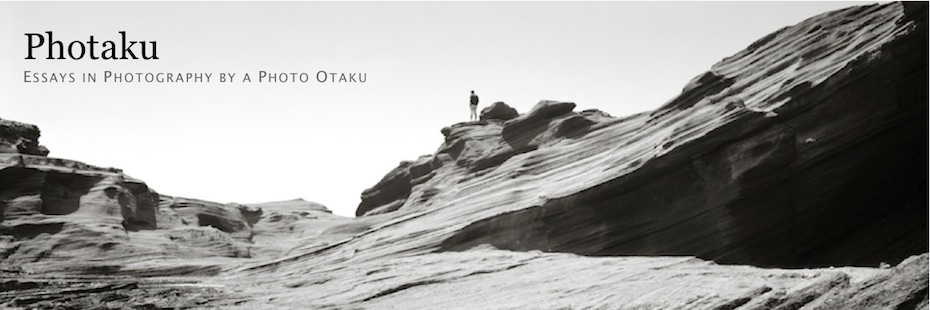
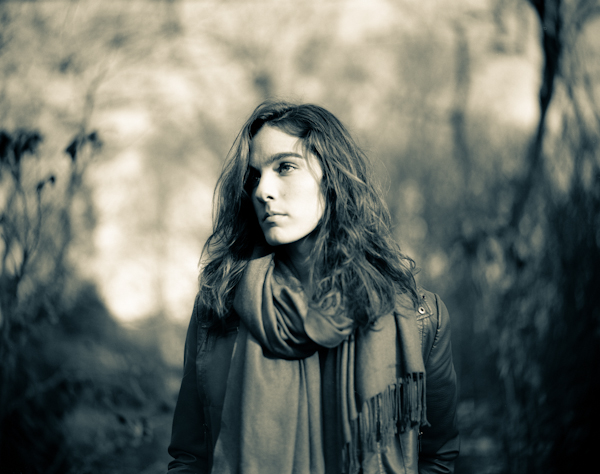
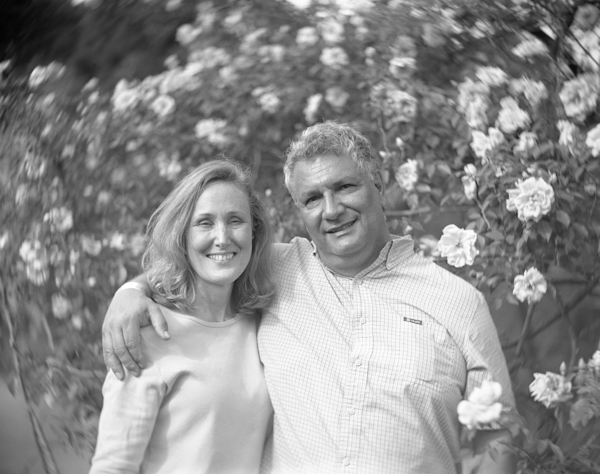

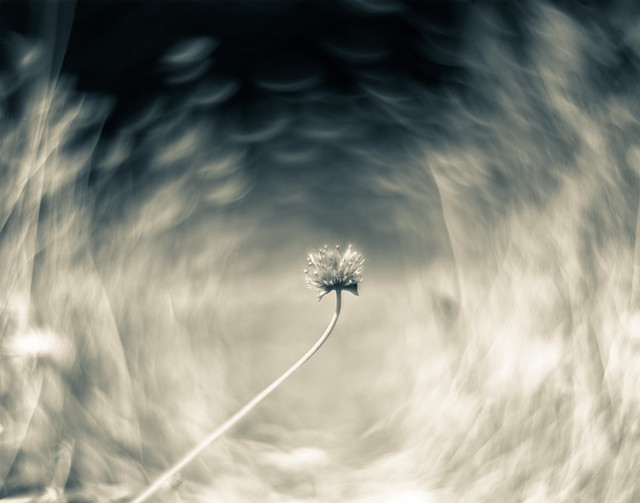

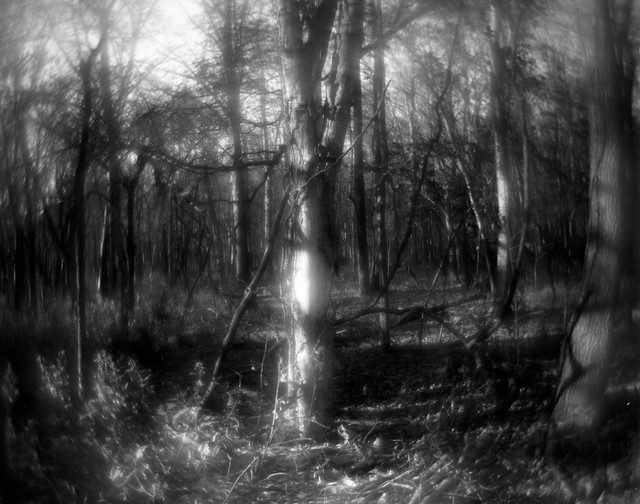
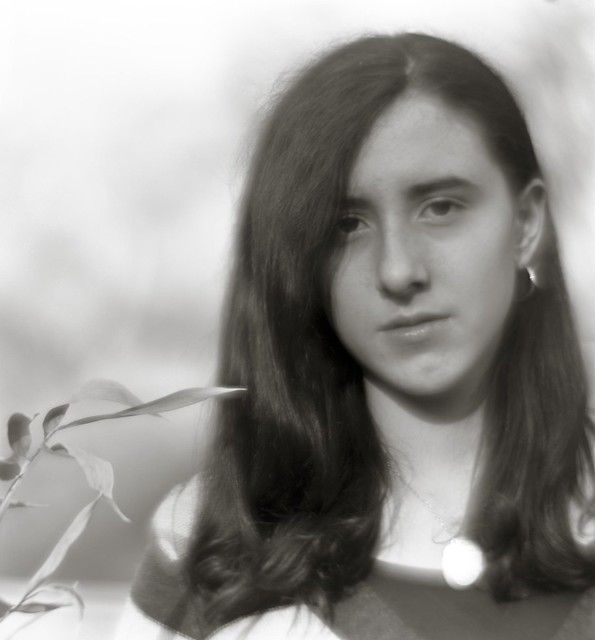
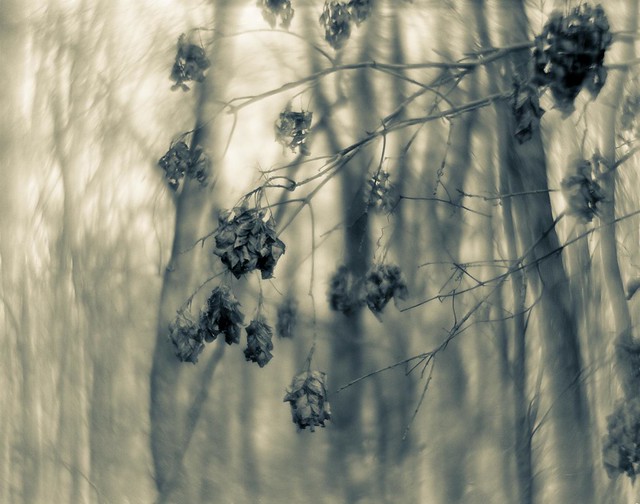
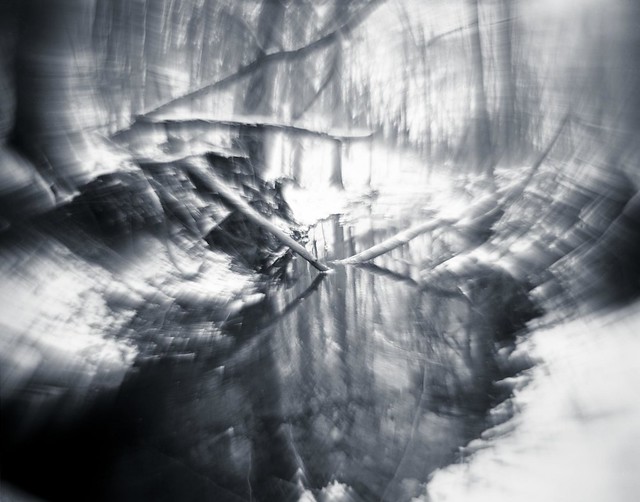





Wow the Gundy really does the trick for me, I’ll be on the prowl for one of those!
Really cool site…….
D
Amazing stuff! Beautiful…and many of them just have their own look that goes beyond that “standard” sort of swirl. Very inspiring — thanks.